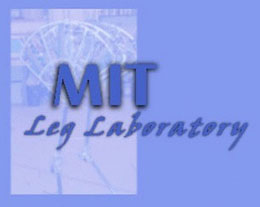
Leg Laboratory, MIT
The Leg Laboratory at the Boston-Based MIT Artificial Intelligence Lab is devoted towards the study of legged locomotion and developing dynamic-legged robots. Researchers and developers there are adept in exploring the roles of balance and dynamic control. They are also involved in simulating and creating robots that walk, run and also hop similar to living creatures.
Brief History
The MIT Leg Laboratory was founded by Marc Raibert in 1980. He directed the lab until 1995. It was originally established when Raibert was the Associate Professor at CMU’s Computer Science and the Robotics Institute. When he became a Professor of Electrical Engineering and Computer Science at MIT in 1986, he then moved the Leg Lab there and named it the MIT Leg Lab.
MIT Leg Laboratory Today
To this day, the lab has developed and created a series of legged robots for experiments on active dynamic legged locomotion. The researchers have developed one-legged hoppers, bipedal runners, bipedal walkers, a quadruped robot, and two kangaroos.
Among the notable projects that MIT Leg Laboratory has undertaken were the Uniroo and 3D Biped, both of which appeared in the 1992 action film, “Rising Sun,” which starred Sean Connery and Wesley Snipes.
MIT Leg Laboratory legged robots have walked basic paths and run with various gaits (i.e. hop, run, trot, pace, bound, etc.) They have also jumped over barriers, walked a flight of stairs and done some gymnastic performances.
Currently, two robots are being developed at this lab: the fully contained 3D bipedal walking dinosaur robot called Troody, and M2, a 3D bipedal walker robot. And with their vision to fully understand how people and animals walk and run, the importance of knowing scientifically and medically pushes lab members to pursue their quest, researching natural legged creatures and modeling them in simulation and in actual robots.